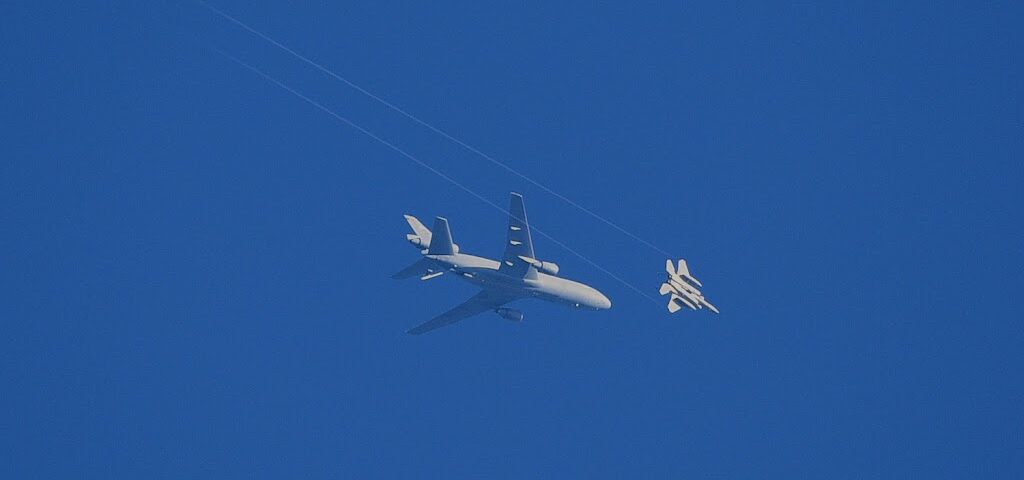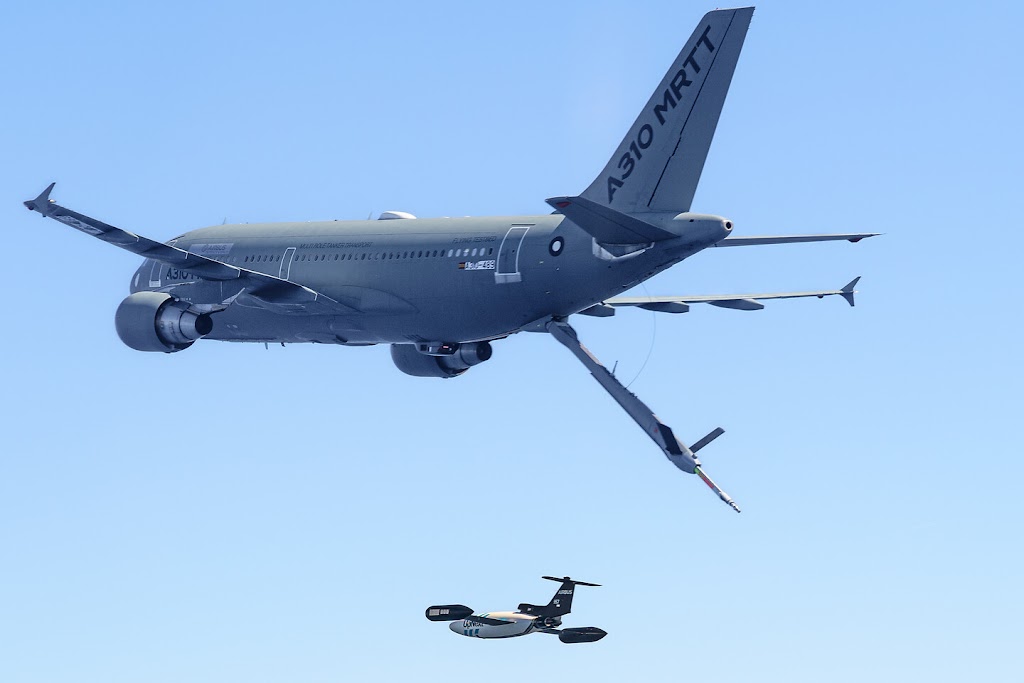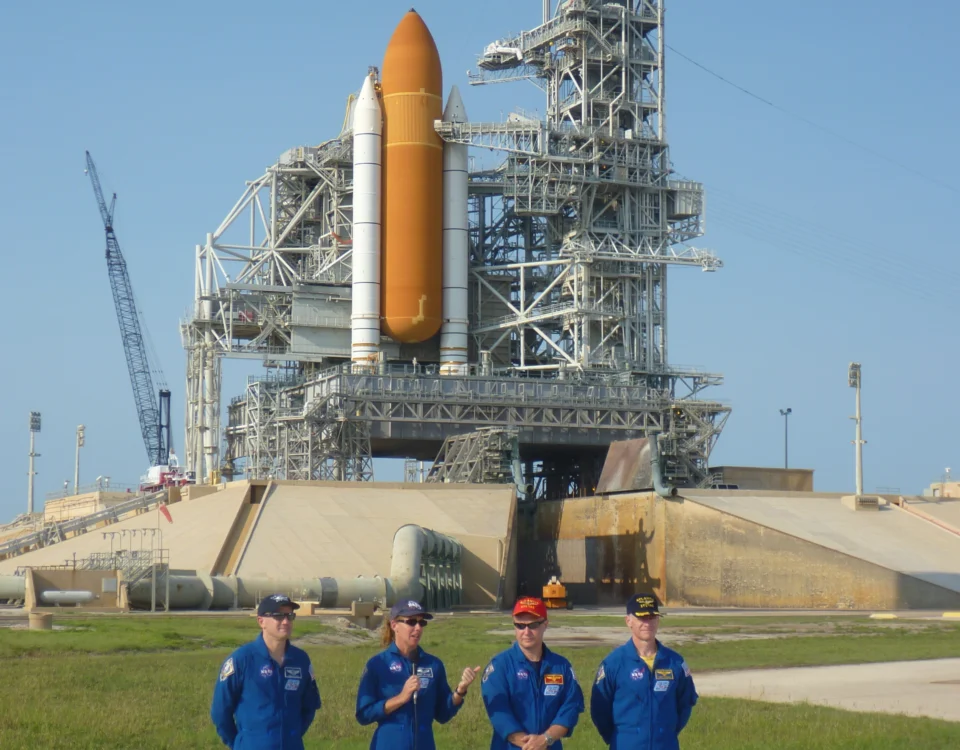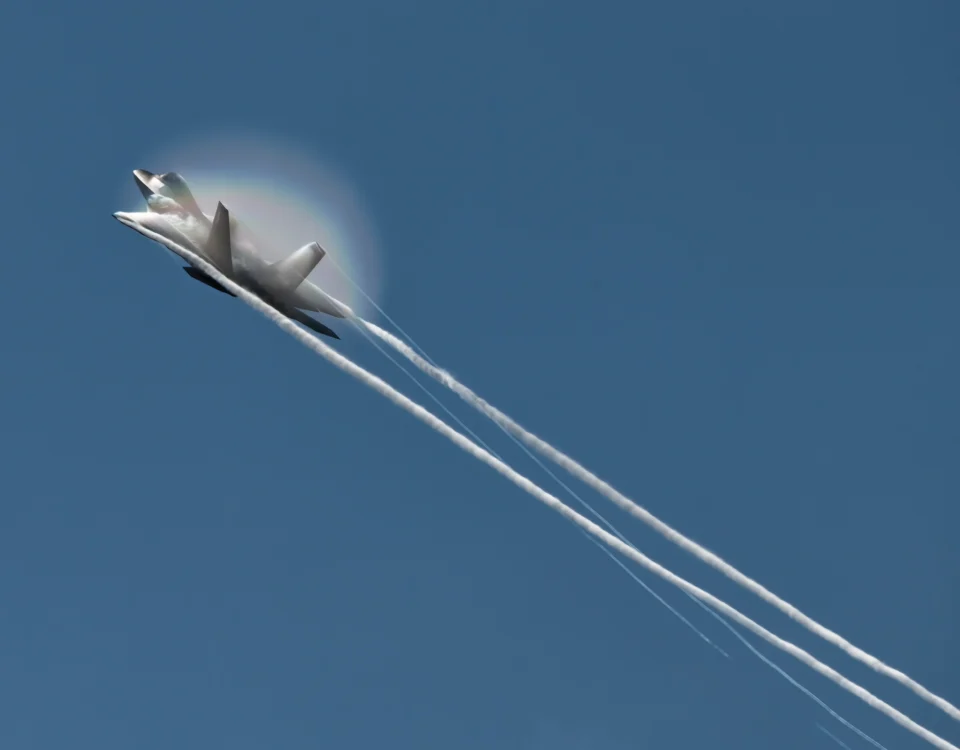A favorite pastime at Aerospace Perceptions headquarters involves breaking out the big telephoto lens (no, the really big one!) and hoping for the right weather and sun conditions to allow photography of United States Air Force refueling operations taking place 26,000 feet overhead. An array of KC-135 Stratotanker, KC-46 Pegasus, and the soon-to-be-retired KC-10 Extender have all been spotted in the skies directly above, providing fuel to thirsty F-15 and F-16 aircraft on patrol. But in the future, the parameters behind such operations may well be very different, with a fundamental change in the game.
Recently Airbus Defense and Space announced they have taken major
steps toward Autonomous Air-to-Air refueling as focus continues to hone in the
usage of unmanned aircraft in addition to traditional vehicles. In one test
over the Gulf of Cadiz off the shores of Spain, an Airbus A310 MRTT jet tanker interacted
with a DT-25 unmanned drone. Control of the drone transitioned from ground
control to the airborne tanker, which autonomously directed the DT-25 into
position for refueling. Although no fuel was transferred from the tanker to the
drone, the operation acted as a proof of concept for the development of
autonomous fuel transfer while in flight.
“The success of this first flight-test campaign paves the way
for developing autonomous and unmanned air-to-air refueling technologies,” said
Jean Brice Dumont, Head of Military Air Systems at Airbus Defense and Space, in
comments provided by Airbus. “Even though we are at an early stage, we have
achieved this within just one year and are on the right track for
manned-unmanned teaming and future air force operations where fighters and
mission aircraft will fly jointly with drone swarms.”
The full Airbus press release can
be found at this link:








